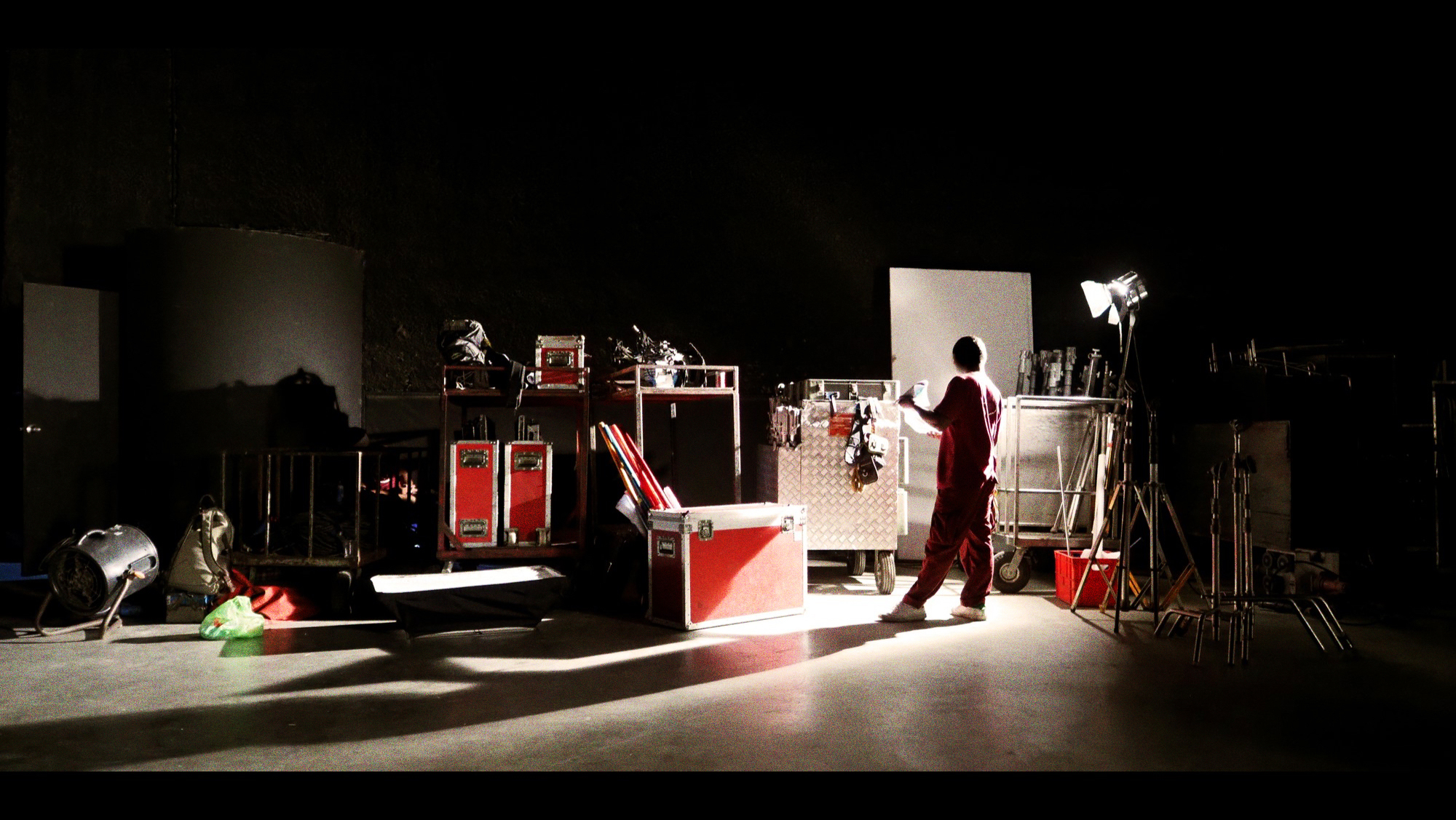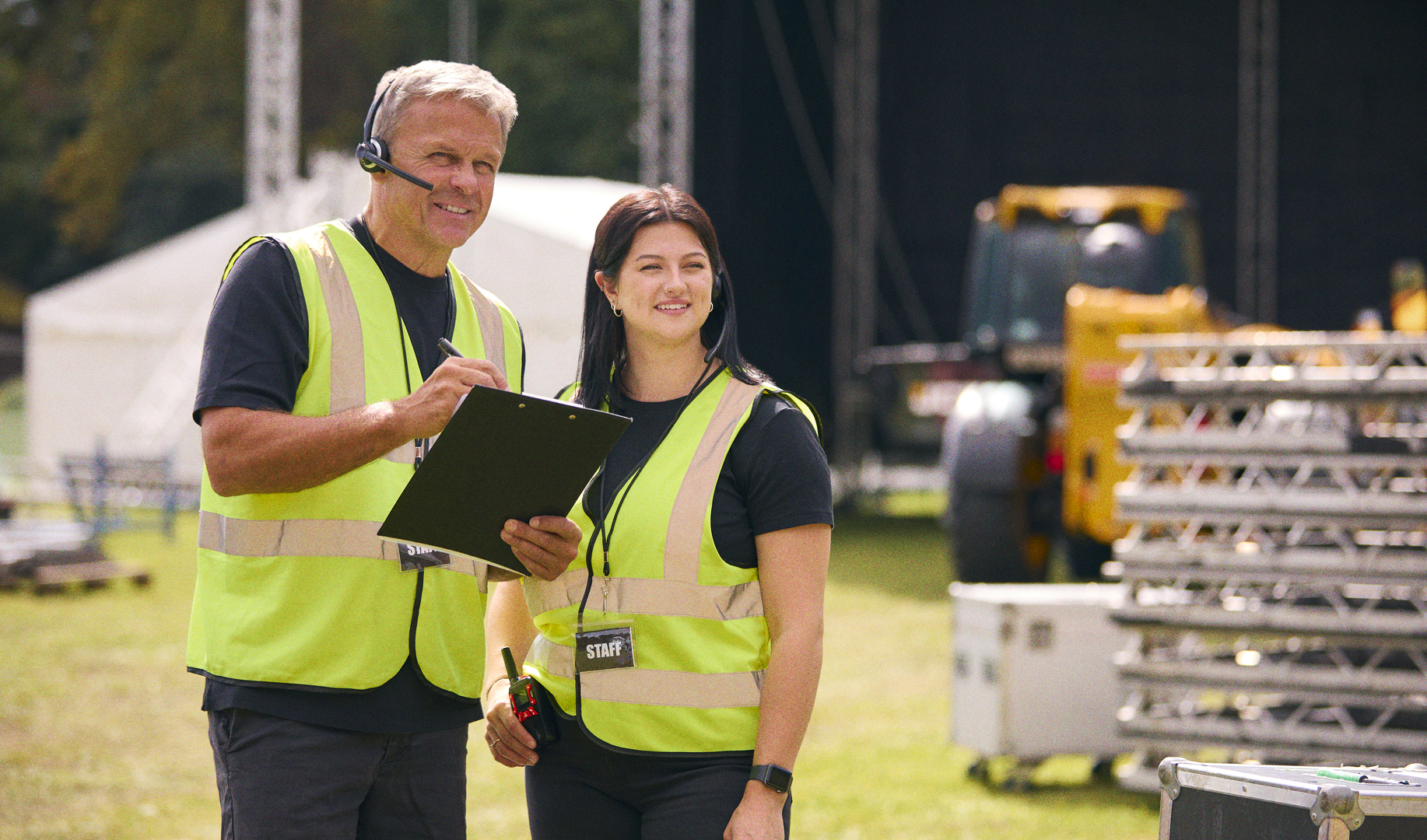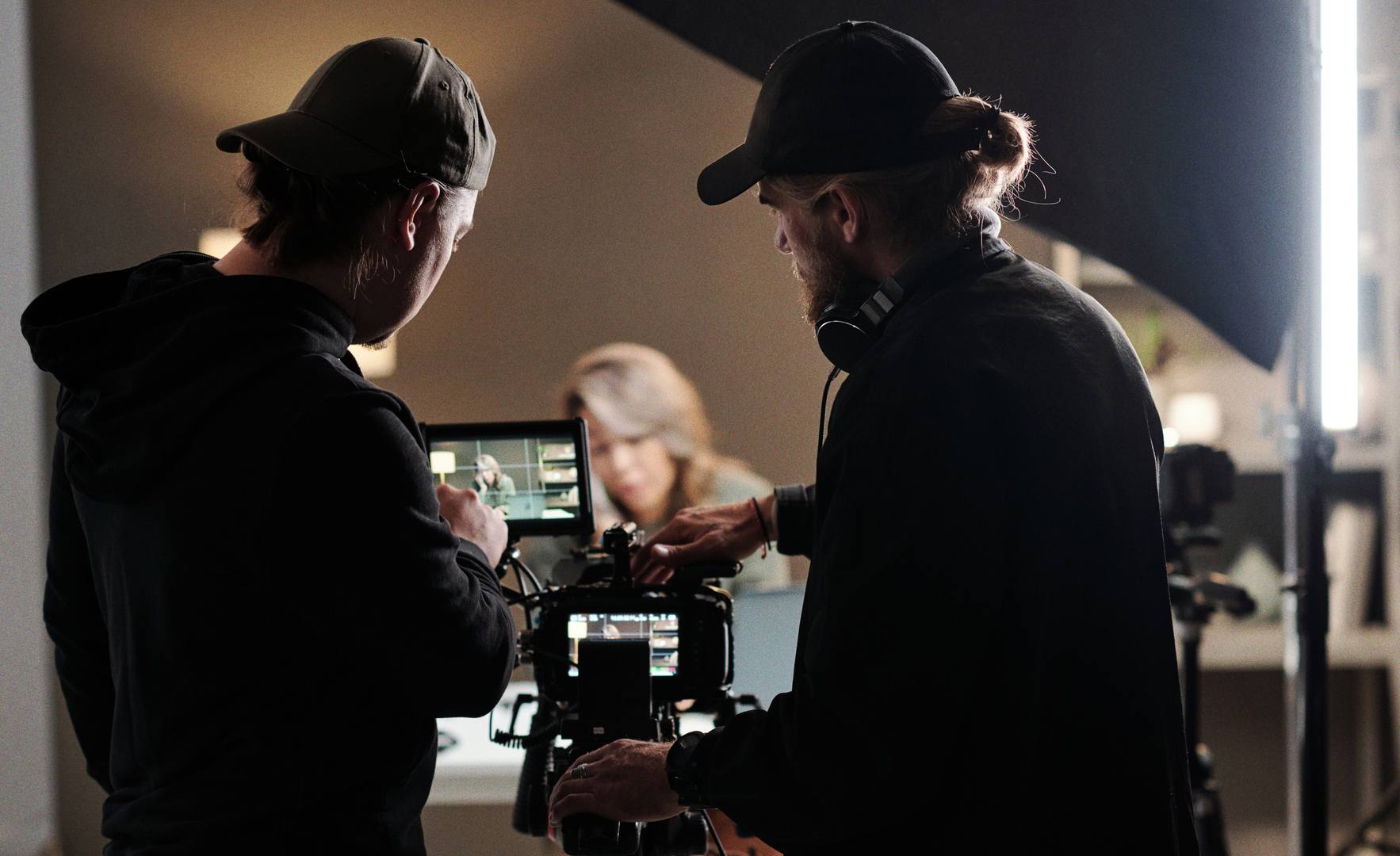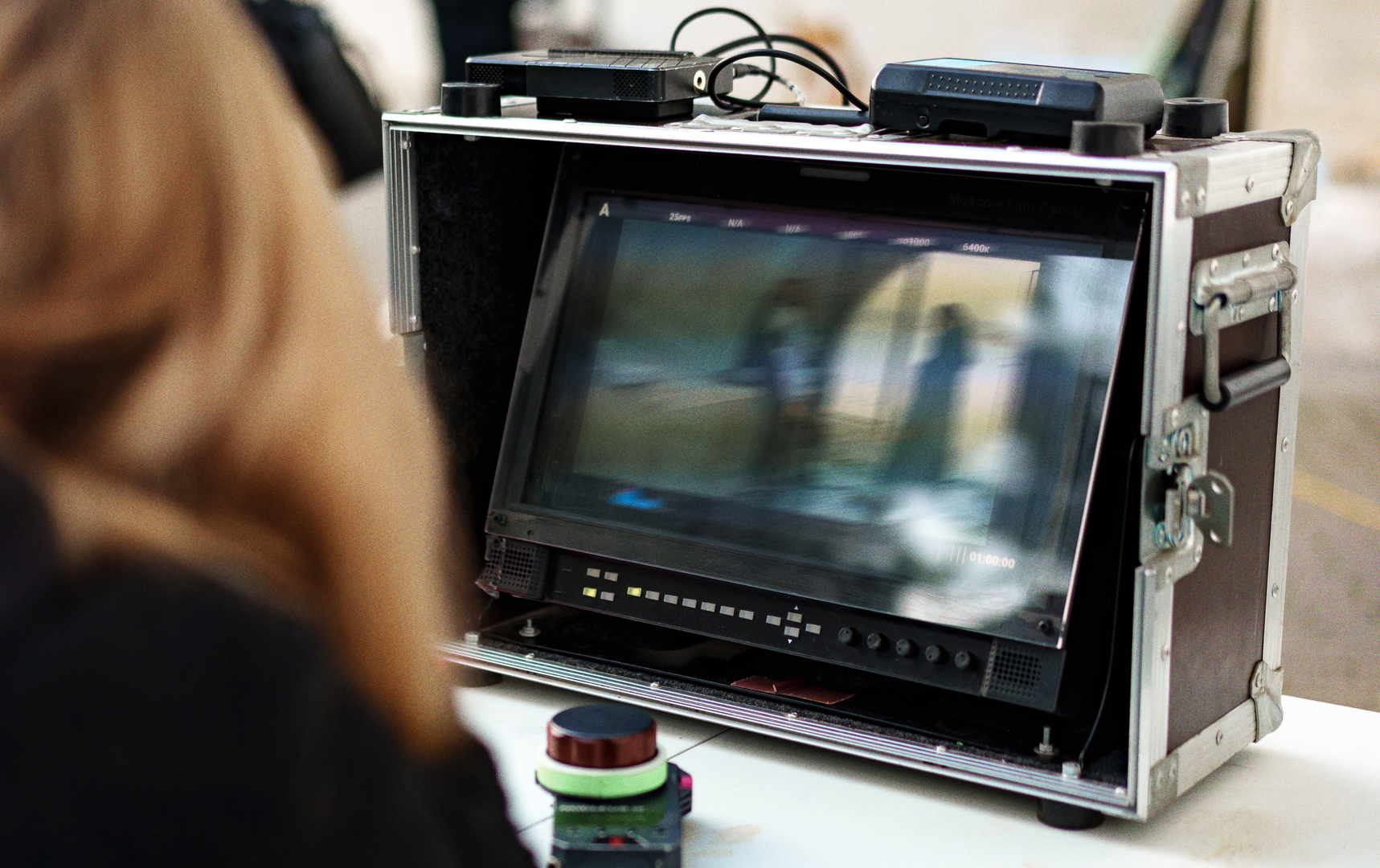

Production Phase: Bringing the Vision to Life
Post-production is the final and highly creative phase in the filmmaking process where all the raw footage, sound, and effects captured during production are meticulously crafted into the finished film. This stage is where the story is truly brought to life, with editors, sound designers, visual effects artists, colorists, and more collaborating to refine every aspect of the film. The post-production phase is vital to the success of any project, as it involves shaping the narrative, enhancing the visuals, and perfecting the sound to create a polished final product that aligns with the director’s vision.
When the production phase begins, the creative vision is translated into reality. With the script finalized, the cast chosen, and the locations secured, production begins. This phase can take place anywhere in the world, from controlled studio environments to remote or exotic outdoor locations, depending on the needs of the story.
Let’s take a deeper look at the key components and activities during the production phase..
Coordination and Logistics: Managing the Filming Process
With filming dates set, an immense amount of coordination is required to ensure that all elements come together smoothly. This includes overseeing actors, crew, equipment, locations, and schedules.

Key Elements of Video Editing
- Daily Call Sheets:
Every day, the production team creates a call sheet that outlines the shooting schedule, locations, cast and crew call times, and other important details. Call sheets are distributed to everyone on set to ensure the day runs efficiently and that all departments are aligned.
- Location Management:
Filming can take place at multiple locations—whether on a sound stage, on-location in a city, or at a remote natural site. Location managers ensure that the space is ready for shooting, managing any permits, controlling traffic or crowd issues, and ensuring the safety of the crew and equipment.
- Transportation and Equipment Setup:
Moving large equipment, cameras, lighting, sound gear, and props to each location is a major logistical task. Teams of grips, gaffers, and production assistants handle the transport, assembly, and maintenance of all technical gear.
Directing and Performance: Capturing the Story
In addition to capturing stunning visuals, the production team must also focus on capturing high-quality audio. Dialogue, ambient sound, and even some special sound effects are recorded during this stage. The director is at the helm of the production process. With their creative vision in mind, the director works closely with actors and the crew to bring the story to life through performance, visuals, and sound.

Key Elements
- Actor Direction and Performance:
The director collaborates with actors to achieve authentic and powerful performances. This involves giving notes on character motivation, emotional delivery, and body language to ensure the actor’s portrayal aligns with the character’s arc and the overall tone of the film. Rehearsals Before filming a scene, the director may rehearse with the actors to fine-tune the blocking (movement of actors), pacing, and dialogue delivery
- Camera Work and Cinematography:
The Director of Photography (DoP) works closely with the director to capture each scene according to the visual style of the film. This includes choosing camera angles, lenses, and shot compositions that enhance storytelling.
The DoP also manages the camera crew, including operators, assistants, and focus pullers, and decides on camera movements (e.g., tracking shots, dolly shots, handheld) to create dynamic visuals.
- Lighting and Set Design:
The lighting crew works to achieve the right mood and aesthetic for each scene, whether it’s a brightly lit daytime sequence or a shadowy, atmospheric night scene. Proper lighting ensures characters and environments look visually appealing and match the director’s vision.Set designers and decorators ensure locations are fully dressed with necessary props, furniture,
and decorations that fit the film’s world.
Sound and Audio Capture: Ensuring High-Quality Sound
In addition to capturing stunning visuals, the production team must also focus on capturing high-quality audio. Dialogue, ambient sound, and even some special sound effects are recorded during this stage.

Key Elements of Music in Post-Production
- Production Sound Mixing:
The sound department is responsible for recording all the audio on set, including dialogue, sound effects, and ambient noise. This is typically done with boom microphones and wireless lavalier microphones attached to actors. Clear and interference-free audio is crucial, as poor sound quality can render even the most visually stunning scenes unusable.
- Room Tone and Ambience:
After filming a scene, the crew often records room tone, which is the natural sound of the environment when no action is occurring. This helps create seamless audio transitions during post-production. Additionally, ambient sounds such as wind, traffic, or nature are captured to enhance the realism and atmosphere of the film’s world.
Choreography and Special Effects: Enhancing Action and Drama
For films with action sequences, choreography, and special effects, additional preparation and expertise are needed to safely and convincingly capture stunts, fights, or elaborate movements.

Key Elements
- Stunt Coordination:
When action sequences involve physical stunts, a stunt coordinator works with the director and actors to safely plan and execute the scenes. This can include anything from fight scenes to car chases or dangerous falls. Special attention is given to safety protocols, as well as capturing the action from multiple angles to ensure the scene looks dramatic and impactful.
- Special Effects on Set:
Some visual effects, known as practical effects, are created live on set rather than in post-production. This might include explosions, rain machines, or fog. Practical effects often provide a more realistic feel than CGI, especially when combined with VFX in post-production. The special effects team ensures that these elements are executed in a way that enhances the story while keeping the set safe.
Managing Multiple Takes and Shots: Precision and Perfection
Filming a single scene usually requires multiple takes to get the performance, angle, and lighting just right. This can be a lengthy process, but it ensures that the film is of the highest quality.

Key Elements
- Shooting Multiple Angles:
To give editors flexibility in post-production, scenes are often shot from several different angles. For example, a conversation between two characters might be filmed in wide shots, over-the-shoulder shots, and close-ups, providing options for how the scene is cut together.
- Multiple Takes for Performance:
Actors may perform a scene multiple times to refine their delivery, adjust to the director’s notes, or experiment with different interpretations of the character’s emotions. The director will select the best take based on the intended tone and pacing of the scene.
- On-the-Fly Adjustments:
Production is often an unpredictable process. Weather, lighting, or unexpected issues can cause delays or require creative problem-solving. The production team must remain flexible and adaptive, sometimes changing the shooting plan or working around obstacles to keep the film on track.
Daily Reviews (Dailies): Monitoring Progress
At the end of each day of filming, the director, producers, and sometimes key department heads review the dailies—the raw footage shot that day. This allows the team to evaluate the performances, camera work, lighting, and sound quality to ensure that the material aligns with the vision for the film.

Key Elements
- Original Score:
Many films feature an original musical score composed specifically for the project. The composer works closely with the director to understand the emotional beats of the film and creates music that aligns with the story’s tone and themes. This music is then recorded and synchronized with the film during post-production.
- Licensed Music:
In some cases, existing songs or tracks are licensed for use in the film. This could include popular songs or specific genres of music that fit the aesthetic of the film. The post-production team ensures that these songs are properly synced and timed with the scenes they accompany.
- Music Editing:
The music editor integrates the score or licensed tracks with the film’s visuals. This involves timing music to match the pace of the scene, cutting or looping sections of music, and ensuring smooth transitions between different musical cues.
Wrapping Production: Completing Principal Photography
Once all scheduled scenes have been filmed, the production phase concludes with a wrap. This marks the end of Principal Photography and the beginning of post-production.

Key Elements
- Finalizing Filming:
After the last scene is shot, the crew begins the process of packing up equipment, breaking down sets, and returning rented items or closing out locations.
- Wrap Party:
It’s common for a production to host a wrap party to celebrate the hard work of the cast and crew. It’s an opportunity to recognize everyone’s efforts and enjoy the camaraderie that developed during production.

